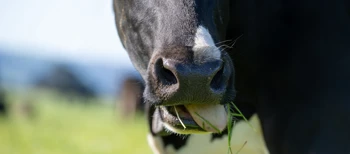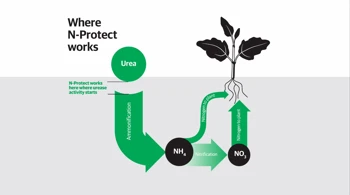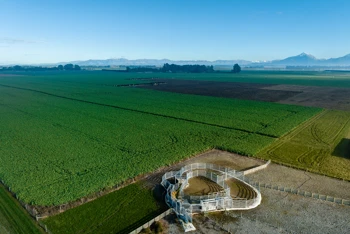News & Advice

Winter Maintenance important for quality and persistence of Lucerne
Lucerne is a high-quality feed that can be grazed, cut for baleage/silage or taken as hay several times over the season. With its deep root system, it has proven itself as a more drought tolerant feed source in the drier regions of New Zealand.
Lucerne is not the easiest or cheapest crop to establish, and herbicide options for controlling weeds in new and established Lucerne crops are limited. It can also take a year or longer to clean out problem weeds in a paddock before establishing Lucerne. Having gone to the effort and expense to establish a good crop of Lucerne, it makes sense to take care of it. If weed control is not maintained, the life of a Lucerne stand can be reduced from 8-15 years down to 5 years or less, and the quality of feed produced compromised.
Annual spraying is preferred to prevent weed establishment and a consequent reduction in feed quantity and quality, and the transfer of weed seeds in hay. The herbicide options available to control weeds without damaging Lucerne are more effective at the seedling or young weed stage. Weeds left untreated will multiply and mature, becoming more difficult to control.
The best time for broad spectrum weed control in established Lucerne crops is during early to mid-winter. At this time of year, Lucerne is relatively dormant and weeds that may have germinated during the growing season are smaller and easier to control. Best practice is to hard graze the Lucerne and allow time for weeds to freshen before spraying. If a frost is present, delay application until the frost has thawed.
Paraquat (Flash® 250*) is a fast-acting contact herbicide that desiccates green plant tissue. It controls annual weeds and small seedlings of a wide range of weeds. Paraquat is deactivated on contact with soil, so it’s important to use clean water. It also has no residual effect in the soil.
Whilst paraquat will desiccate any green foliage left on Lucerne, the crop regenerates itself from the basal buds in the crown and there is no long-term detrimental effect to the crop. However, if spraying is left too late in winter, the basal buds that grow to produce the first grazing or cut in spring, will be damaged. This will delay spring growth and reduce the production potential of the stand for the following season. The optimum spray date will vary depending on local temperatures. For example, Lucerne could be sprayed from mid-June to mid-July in warmer areas, whereas in cooler regions spraying may still be alright in early August.
A triazine herbicide is commonly added to provide residual control and, in some cases, to help knockdown resident weeds. The most common triazine used, atrazine (Atratec/Atraflo), is safe to use on crops that are 12 months or older at the time of application. Terbuthylazine (Terbaflo) has a stronger knockdown effect, particularly on fibrous rooted grass weeds Because of this greater herbicidal activity, it should only be used on stands that are two years or older at the time of application.
There are other herbicides that can be used to control specific weed problems. For example, chlorimuron-ethyl for dandelions and clovers in early-spring, before the first cut/grazing, or hexazinone for nodding thistles after the first cut/grazing in late-spring – early-summer when temperatures are warmer.
TIP: When mixing the chemicals, it is important to thoroughly mix the triazine herbicide first, before adding the water soluble paraquat The wetting agent should be added last, when the tank is nearly full and good agitation maintained during spraying. As always, read the label carefully before using any chemical and observe the use directions, safety precautions and withholding periods.
*Flash® is registered trademark



